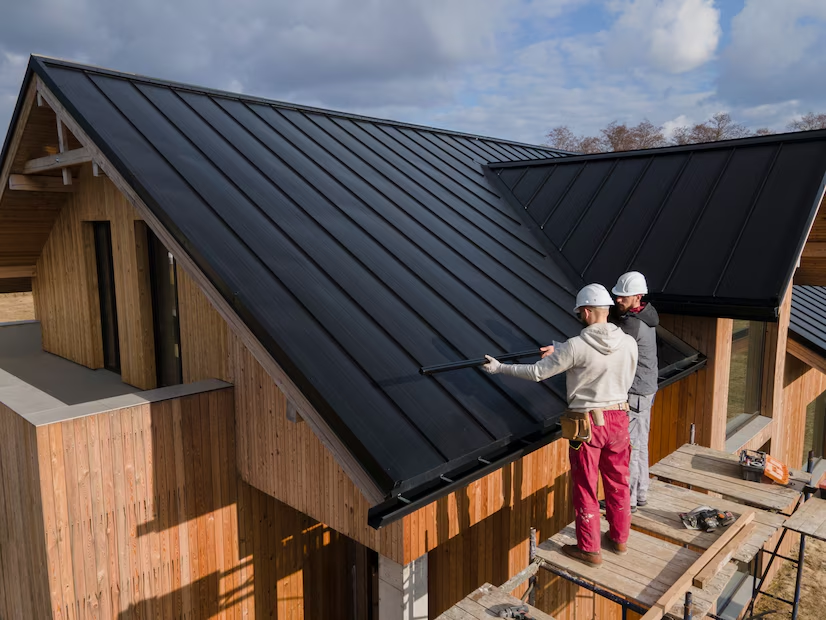A roof is one of the most important parts of any home, providing protection from the elements and ensuring the structural integrity of the building. However, like any part of a home, it doesn’t last forever. Knowing the best time to replace your roof can save you money, prevent costly damage, and ensure your home stays secure.
How Do You Know It’s Time for a Roof Replacement?
Before deciding when to replace your roof, it’s important to recognize the signs that indicate it’s time for an upgrade. Some key warning signs include:
- Leaks and water damage – Persistent leaks or water stains on ceilings could mean your roof’s waterproofing has failed.
- Missing, cracked, or curling shingles – Shingles protect the roof, and if they start to deteriorate, the roof is no longer fully secure.
- Sagging or uneven roof structure – This could be a sign of structural damage and should be inspected immediately.
- Moss and mold growth – While some moss is common, excessive growth can trap moisture and cause decay.
- Rising energy bills – If your heating and cooling costs are increasing, your roof might be losing its insulation efficiency.
- Roof age – Most roofs last 20-30 years depending on the material. If yours is approaching this age, consider a replacement.
When Is the Best Time to Replace My Roof?
Choosing the right season for a roof replacement can make a significant difference in efficiency, cost, and overall convenience. While roofing work can be done year-round, some seasons offer better conditions than others.
Spring (March – May)
✅ Ideal for inspections and planning
✅ Moderate temperatures make roofing work comfortable
⚠ Rainy weather can cause scheduling delays
Summer (June – August)
✅ Longer daylight hours allow for faster project completion
✅ Dry weather reduces the risk of interruptions
⚠ High temperatures can make work more challenging, particularly for certain roofing materials
Autumn (September – November)
✅ One of the best seasons for roof replacement
✅ Mild temperatures and low humidity help materials settle properly
✅ Prepares your home for winter storms
⚠ Roofing companies may be busier, so scheduling in advance is important
Winter (December – February)
✅ Possible to get off-season discounts
⚠ Cold temperatures can make materials brittle
⚠ Shorter daylight hours may extend project duration
⚠ Snow, ice, and rain can delay work
Planning Ahead: How to Schedule Your Roof Replacement
If your roof is showing signs of deterioration, it’s best to start planning early. Roofing companies often book months in advance, especially during peak seasons like autumn. Scheduling an inspection in spring or early summer allows you to assess the condition of your roof and plan for any necessary work before harsher weather arrives.
Final Thoughts
Replacing your roof at the right time ensures a smoother process and better long-term results. If you’re wondering When is the best time to replace my roof, consider the condition of your roof, the season, and the availability of professional roofers. Early planning and scheduling can help you avoid costly damage and ensure your home stays protected year-round.




